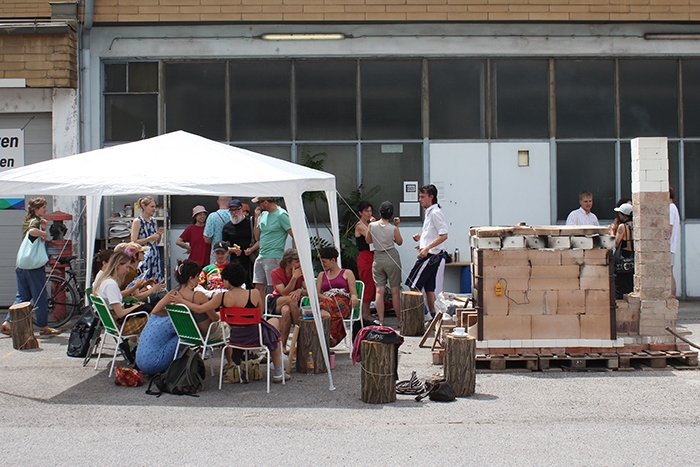
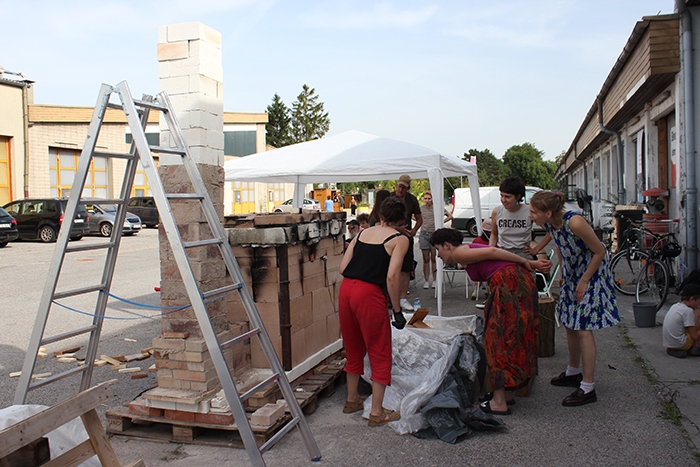
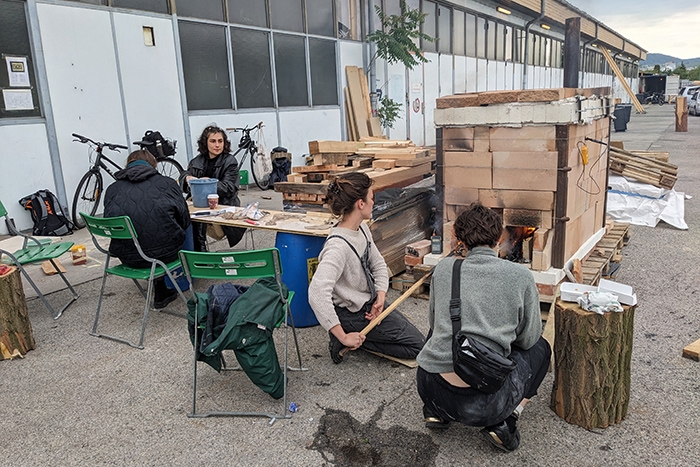
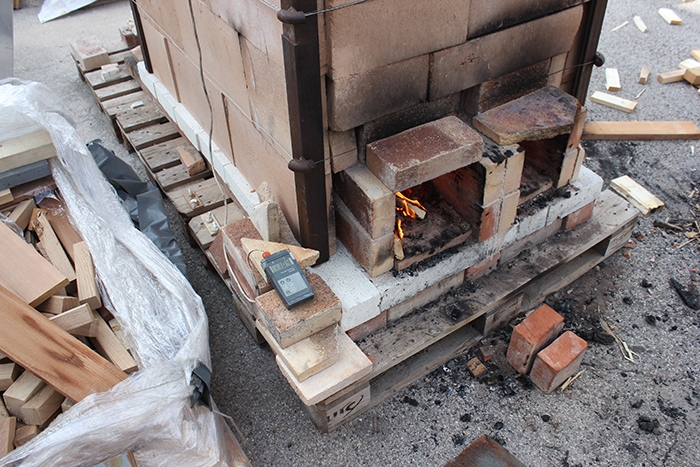
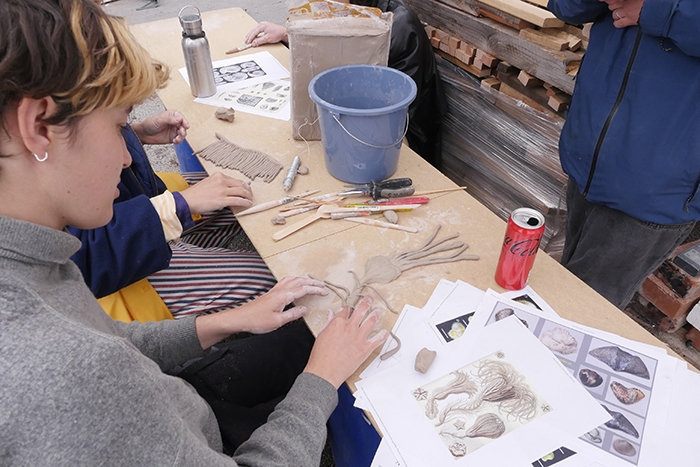
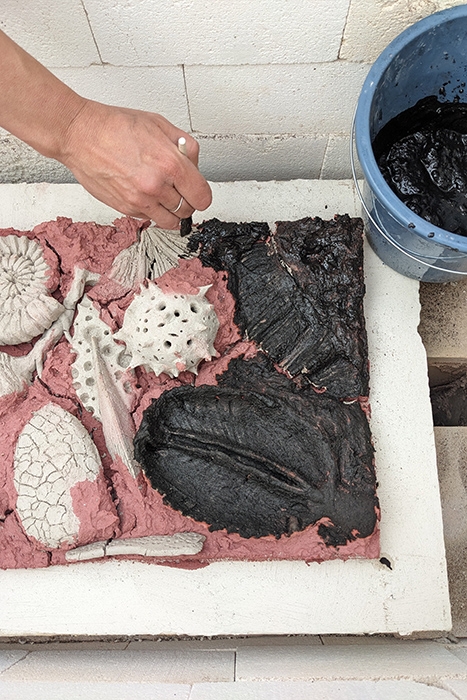
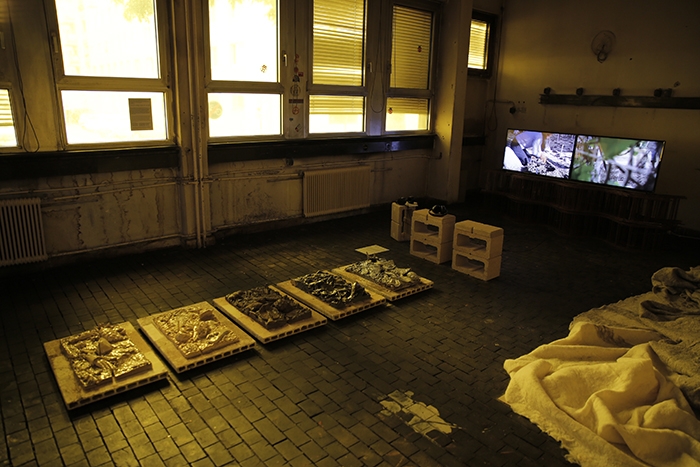
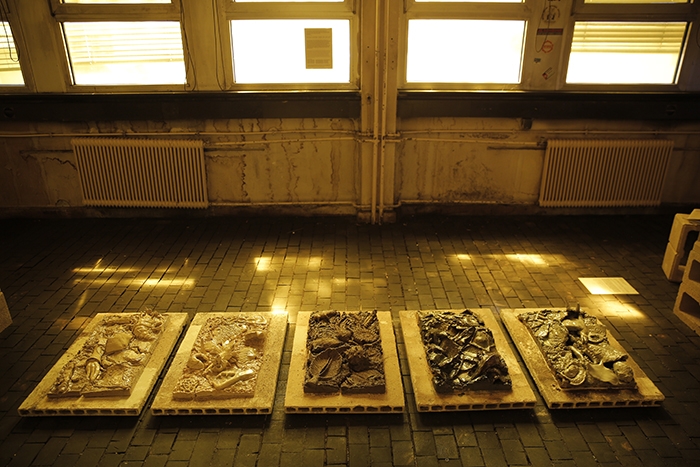
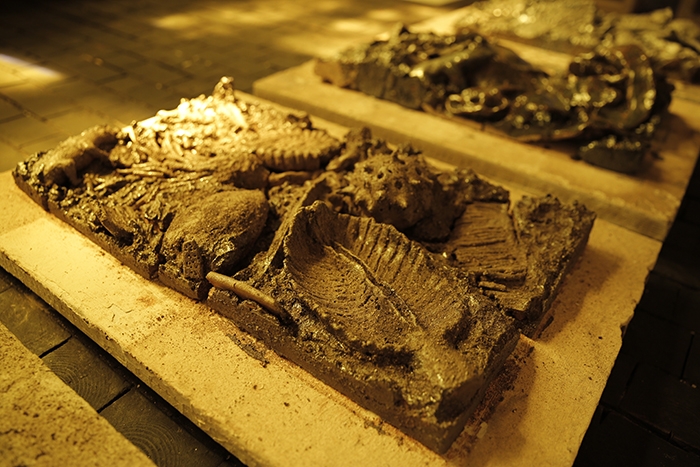
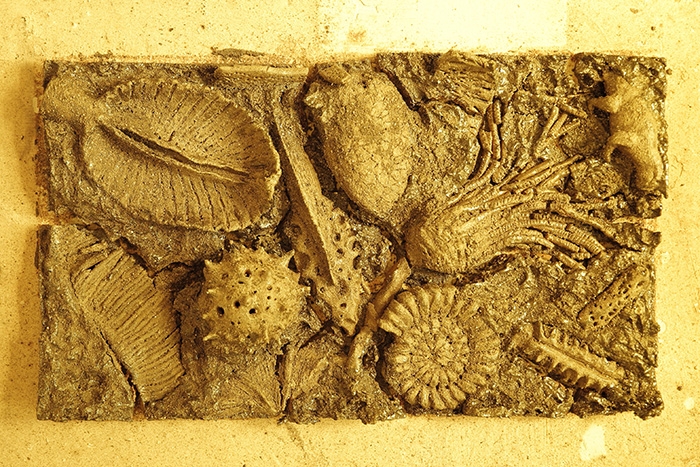
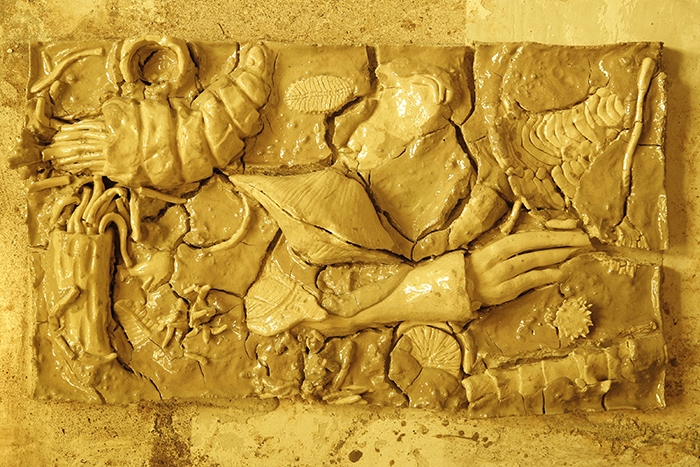
Erdzeitalter
Sleeping Dogs
Climate Biennale, Austria, 2024
With Ivana Lazić, Ana Likar, Raphael Reichl und
Ursula Gaisbauer in collaboration with Marie Janssen und Anna Brock, David Fedders, Marie Filippovits, Lena Heinschink, Laura Josic, Tutku Kocabas, Flores Paul, Yevhenia Pavlova, Michelle Schäfer, Lin Wolf, Ida Zahradnik
Curated by Marlies Pöschl
Department of Site-Specific Art (University of Applied Arts)
Head of Department: Paul Petritsch
What if the proverbial dogs went on strike by not waking up from their sleep? The labour power of non-human animals is exploited in many ways in contemporary biocapitalism, mostly without it being understood as work. This concerns not only their actual productive power, but also the reproductive abilities of (female) animals: Animals become meat, milk becomes food. Non-human animals also often contribute to shaping the environment without this being perceived as labour. The cultural and material logistics established by humans have been producing and utilising non-human life as a form of capital for centuries.
The works presented in this exhibition by graduates of the Department of Site-Specific Art (University of Applied Arts) are dedicated to this unequal division of labour between human and non-human animals. They introduce the motif of sleep as a subversive strategy. Sleep can appear in many different guises: Rest, hibernation, breeding phase. The works shown here thus pose the question of the extent to which nonhuman and human animals can resist these forms of exploitation by consciously inserting breaks. However, they also address the fact that it may be too late to wake the dogs: that human trust in the regenerative processes of nature is disproportionate to the consequences of systematic destruction.
Throughout the 100 days of the Climate Biennale, Ursula Gaisbauer and the participating students recreated the formation and extinction of species in the form of ceramics. The geological eras in which life on earth developed can be divided into twelve sections. Within these periods, five major mass extinctions took place, which also marked the beginning of a new epoch.
The mass extinction in particular is an extremely relevant process for evolution, in which a total of around 80 percent of all living organisms have died five times since life has existed on Earth due to various climate-related events. The ecological niches freed up in the process have given rise to a new variability of previously unknown species.
The focus of the work Erdzeitalter is on the duration of creation and the processual. The idea of the Phoenix Complex that humanity must burn the earth in order to renew it is as old as humanity itself. However, this idea sacrifices the long-term future in favor of the present.1 The work Erdzeitalter questions the trust in the regenerative powers of nature and counters this with the artistic ritual act of developing a scientific theory. The work is about understanding self-empowerment and responsibility through process and understanding sensitive systems. The work only takes on concrete form on site and continues to develop. With an open end.
1 Marder Michael: The Phoenix Complex, A Philosophy of Nature
https://ortsbezogenekunst.at/notes/fitting-together-2-erdzeitalter
https://www.biennale.wien/ausstellungen/solutions-strategies